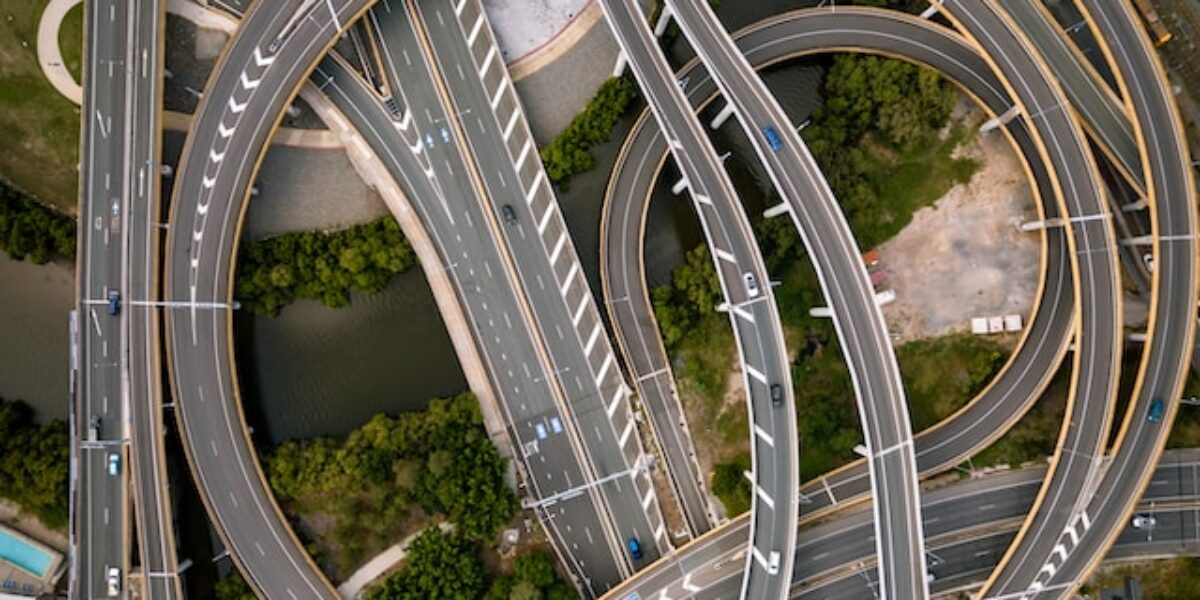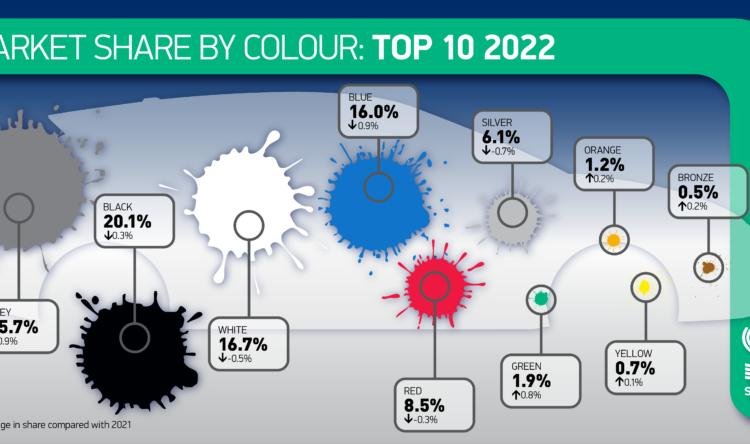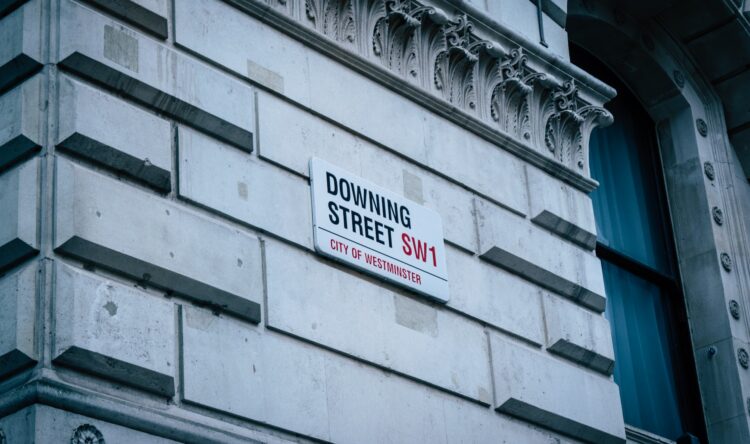In a jam
The nation's most congested roads revealed
I think we can all admit t wondering why we seem to be the only one’ tuck in traffic on a regular basis. In truth, traffic jams, congestion, rush hours, they are all part of every driver’s days.
However, there is no getting away from it – some roads and towns and cities are worse than others. The M25, for example, is pretty bad most of the time, whatever the section.
Car Sloth has has used the latest data to reveal the busiest roads in the UK by analysing the delay in SPVPM
During the pandemic, it felt as though rush hour was a thing of the past. Road traffic dropped to 1955 levels at one point, and, with it, CO2 emissions fell drastically. It didn’t take long for all that to be reversed, though. As the world (and roads) opened up, we saw the return of rush hour and then some. This January, London was once again crowned the most congested city in the world, with people waiting in traffic for up to 5% longer than before the pandemic.
Using government data, Car Sloth has revealed the busiest roads in the UK by analysing the delay in SPVPM – seconds per vehicle per mile (i.e. the difference between the speed limit and the actual recorded journey time) and the most polluted areas, by calculating the average sum of the CO2 omitted in each area.
With increasing numbers of people choosing to commute to work or drive across the country for a staycation, electric car subscriptions are becoming more and more attractive. With zero exhaust emissions, electric vehicles (EV) don’t contribute to the mounting air pollution in congested areas, and they could also help you to save on congestion charges as well as fuel.
The Busiest Roads in the UK
To find out which UK roads were officially the busiest, we looked at the average seconds per vehicle per mile for a number of major roads across the country. When London was included in the data, the capital took the first nine top spots, with the A5204 in Westminster, the A2198 in Southwark and the A3207 in Wandsworth named the three busiest roads in the country. When London was removed from the equation, Brighton and Hove was one of the busiest areas, as was Bath and North East Somerset.

A2010, Brighton and Hove
SVPM (in minutes): 18.6 minutes
The A2010, which connects Brighton’s two main east-west routes with Brighton Station, was the busiest road in the UK (apart from London), with an average SVPM of 18.1 minutes. That means it takes most vehicles an average of 18.1 minutes to drive the whole road. Brighton and Hove Council introduced a low emission zone back in 2015 and is hoping to introduce an Ultra Low Emission Zone in the future.
A3039, Bath and North East Somerset
SVPM (in minutes): 14.5 minutes
The A3039, which connects two of Bath’s main roads around the East of the city centre, was the second busiest road in Britain, with drivers racking up an average SVPM of 14.5 minutes. Bath introduced a Clean Air Zone in the city centre in 2021, but it does not apply to private vehicles, only buses, coaches, taxis, heavy goods vehicles and vans. The city also gained 30 new EV charging points in 2022.
A203, Brighton and Hove
SVPM (in minutes): 13.2 minutes
Third on the list of most congested roads was the A2023, an urban A Road in Brighton and Hove. Brighton was named the second most congested city to drive in after London and is home to some of the country’s slowest roads. The Council in Brighton prioritises safety over speed – many of the city’s A Roads have a speed limit of 30mph – and public transport over private vehicles. More than 350 EV chargers have been installed in Brighton and Hove since 2019, and there’s more to come.
Traffic Heavy Areas
Lancashire
SVPM (in minutes): 126.2 minutes
Outside of London, Lancashire was the local authority with the heaviest traffic, with a total delay in SVPM of 126.2 minutes. Lancashire doesn’t have its own Low Emission Zone. While more people are switching to EVs in Lancashire, ultra-low emission cars still only make up a fraction of vehicles in the area. Earlier this year, Lancashire gained £600,000 in funding to boost its number of EV charge points.
Kent
SVPM (in minutes): 121.2 minutes
Kent, in the South East, was the second most traffic-heavy area in the UK, with an average SPVM of 121.2 minutes. The South East is one of the most congested area of the country outside of London, and Kent drivers are likely to be affected by London’s Ultra Low Emission Zone (ULEZ), which, once expanded, will border several areas in the county. Kent has some of its own initiatives too, such as trialling electric buses and offering businesses a ‘try before you buy’ scheme on electric vans.
Surrey
SVPM (in minutes): 117 minutes
Surrey, which has an average SVPM of 117, is the third most traffic-heavy area in the country. A 2021 study named Surrey the fourth worst place to drive in the UK, thanks to heavy traffic and accidents. Like Kent, Surrey will also be impacted by London’s ULEZ, and there are currently 28 Air Quality Management Areas (AQMA) in the county.
Traffic Heavy Regions
London
Unsurprisingly, London was the region with the heaviest traffic in the UK. London is the most congested city in the world, and it’s only gotten worse since the end of lockdown. Central London has an ULEZ, while the majority of Greater London is covered by a standard Low Emission Zone, to dissuade people who drive high-emission vehicles from driving in the city. London also has the most EV charging stations in the country.
North West
The North West, which includes Manchester, Liverpool and Lancashire, is the second most traffic-heavy region. Liverpool is home to one of the busiest roads in the UK (the A566) and, according to our research, Lancashire was the most traffic-heavy area outside of London. The most well-known clean air policy in the region is Manchester’s Clean Air Plan, which is rolling out fleets of zero-emission buses and supporting local businesses to switch to cleaner vehicles.
South East
The South East is the third most traffic-heavy area in the country, with Brighton and Hove accounting for two of the three busiest roads outside of London. The South East has the second most EV charging points in the country, but research found that local authorities in the region are failing to consult with local businesses and locals about its EV strategy.
Most Polluted Regions
North West
By analysing data about the most commonly used vehicles, and their average footprints, Car Sloth found that the North West was the area with the most road pollution excluding London.
West Midlands
The West Midlands was the second most polluted area, accounting for 372,844,000,000 tons of CO2. Birmingham is home to one of the busiest roads in the country outside of London (the A457) and is the 11th most traffic-heavy area in the UK. This year the University of Birmingham received £1 million in funding to help improve air quality in the West Midlands and Birmingham has its own Clean Air Zone to limit the number of high-emissions vehicles driving through the city centre.
Yorkshire and The Humber
Yorkshire and The Humber was the third most polluted region in the UK. It was also the fifth most traffic-heavy region in the country. York has a Clean Air Zone for buses, and uses either zero-emission or electric buses for journeys over five miles. Bradford and Sheffield also have Clean Air Zones.
When to avoid traffic
If you want to save on costs, and time, while driving, avoiding the roads when they’re at their busiest is paramount. A study by Bristol Street Motors found that evening traffic is more congested than morning traffic. While traffic does start ramping up earlier in some parts of the country, morning rush hour is usually between 8am and 9am, so setting off to work before 8am could help you save some time on the road. If you’re able to leave work earlier, leaving at 4pm would likely save you a lot of time. If not, leaving after 6pm can also help.
For longer journeys, try travelling on Sundays, when traffic is the least congested. If you have to go on a weekday, try setting off between the two rush hours (10am to 4pm) or working around them, setting off super early or later at night – although it’s important to remember that it’s more dangerous to drive at these times.
The Future of EV
Over the next decade, as the government races to cut emissions by 2030, electric vehicles are going to become more commonplace. Namely, the UK government has decided to go ahead with its decision to ban the sale of all new petrol and diesel cards by 2030, despite the European Union’s U-turn on the policy. Government grants, like the Plug-In Grant, are designed to help first-time buyers to afford electric vehicles. Tax exemptions and reductions, such as from the Vehicle Excise Duty and Benefit-In-Kind tax, are longer term incentives for purchasing an EV. With the push to reach carbon neutrality by 2050, it’s likely the government will ramp up such schemes.
Not only will electric vehicles become more affordable over the next 10 years, they’ll also become more convenient. The government has promised 10% more on-street charging stations by 2030. They’re also hoping to make EV charging smarter. Smart charging should be ‘the norm’ at home and work by 2025, allowing drivers to save money by charging their cars at off-peak times and sell their energy back to the National Grid.
Summary
The research highlights the ongoing challenge of traffic congestion and air pollution in the UK both inside and outside of the capital. The North West, South West, South East and the West Midlands are particularly problematic areas, with busy roads and high levels of congestion and pollution. While the majority of regions have their own clean air solutions, improving the country’s fleet of Electric Vehicles, and the convenience of owning Electric Vehicles, will be a huge aspect of any clean air plan.
You can read the original article and more from Car Sloth here.







